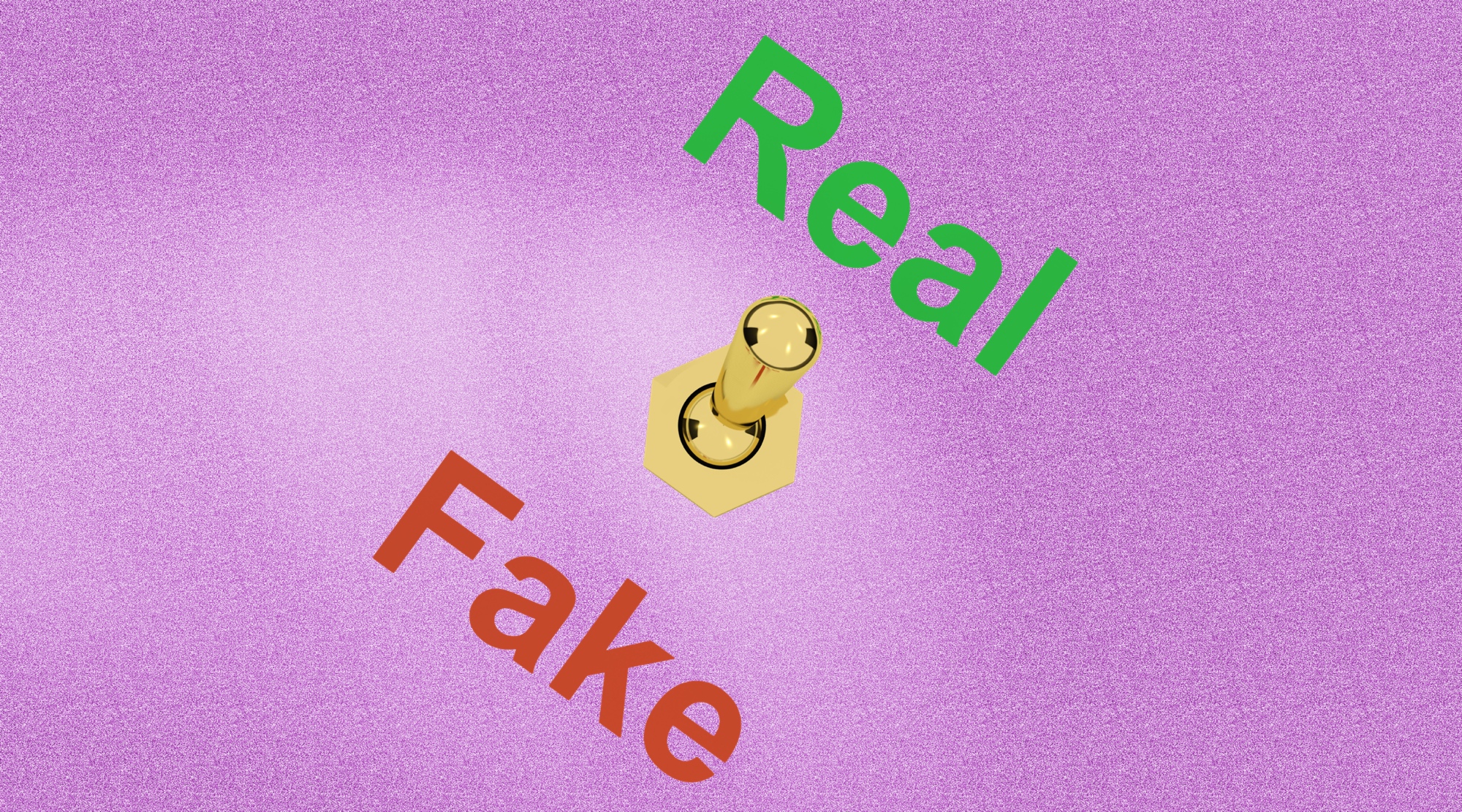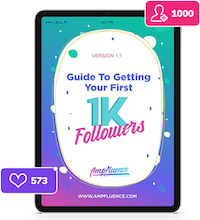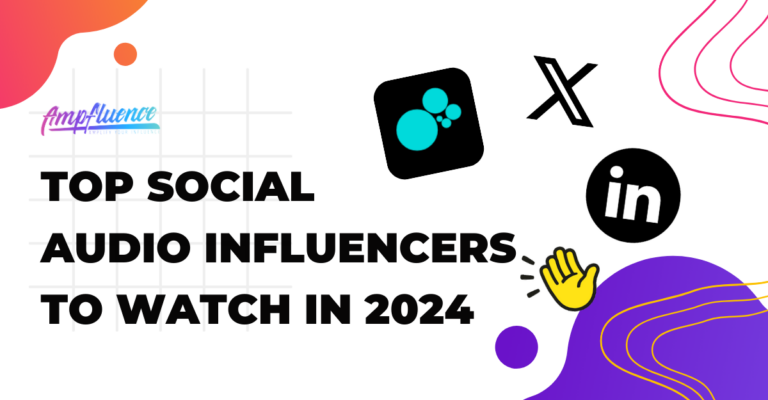It can be really frustrating when you have been looking to sponsor an influencer to increase your brand recognition, but you are unsure whether you are facing a genuine and authentic account. In order to avoid such situations from happening, we have done a little research on how you can stop fake social media influencers. Here are 15 tips and tricks you need to do before initiating collaboration with an influencer.
Check Out the Username
Look at the influencer’s username. Does it seem legit? You can have a quick look at other social media platforms like Facebook, Twitter, and YouTube. Authentic influencers are usually active across several social media platforms.
Look Out for the Blue Verification Badge
If your potential influencer has the blue verification badge, then you can rest assured that the account is authentic. Yet, this feature is only applicable to major celebrity accounts and big brands, so you will have to dig in a bit further for micro-influencers.
Look Out for Irrelevant/Spam Comments
You can spot influencers who purchase their own engagement by checking out the comments. If there are repetitive comments from the same person or an excessive amount of non-engaging comments like emojis, then there is definitely something wrong going on here.
Calculate the Engagement Rate
Look at the influencer’s engagement (likes, comments, shares, etc.) compared to their number of followers. If the ratio does not seem logical, then there is a high chance that the influencer has been purchasing fake followers to increase their following. According to Markerly Statistics, these are the average engagement rates in 2016:
- <1K followers: Average Like Rate: 8.03% Average Comment Rate: 0.56%
- 1k-10k followers: Average Like Rate: 4.04% Average Comment Rate: 0.27%
- 10k-100k followers: Average Like Rate: 2.37% Average Comment Rate: 0.14%
- 100k-1M followers: Average Like Rate: 1.78% Average Comment Rate: 0.09%
- 1M – 10M followers: Average Like Rate: 1.66% Average Comment Rate: 0.06%
Check the Followers
Have a quick scroll through the actual followers. In the case that the influencer has paid for its following, it is highly likely that you will see some weird usernames and profile pictures – just like the below example:
Is the Follower’s Account Private?
A lot of times, fake followers will have this privacy feature turned on. By having a private account, people will need to request approval in order to view their profile, and not unexpectedly these fake accounts which are usually bots will never approve it. As a result, this makes spying on fake accounts a bit harder.
Read Through the Captions
Have a quick read through the captions the influencer is using.
- Do they ask questions?
- Do they use emojis?
- Is the content repetitive?
- Does the caption seem genuine and legitimate?
- Does the caption direct you to other external links?
These are just some examples of questions that you can ask that will help you understand whether the person behind that account is being genuine and upfront.
Look at the Bio
Do not underestimate this point. Have a look at the bio section and assess whether it feels authentic and genuine. Does it describe the social stance the influencer is claiming to have? Does it fit the personality the influencer is sharing on his feed?
Check the Number of Posts
If the influencer has thousands of followers, likes, and shares, but yet has only posted a few times, it is probable that the account is a bot.
Not only that but even if the account is real, the ‘influencer’ might have bought some of his followers, likes or shares. It takes years of consistent, high-quality content to build up a significant number of followers. It just does not happen overnight.
For example, the account below has only 5 posts but yet 7552 followers. This scenario is very unlikely.
Look Out for Sudden Increases in Followers
If the account has gained an excessive amount of followers overnight, the influencer has probably paid for its following.
Since this is very hard to calculate manually, you can try using an automated tool. Social Blade is a great and free tool to use for that. You can check out the number of followers the influencer has gained/lost and accordingly judge whether this is legitimate or not. For example, if the influencer has been gaining on average 20-50 followers daily, then a sudden spike should trigger your attention.
Assess the Ratio of Followers to Following
This is another important area to dig into. Influencers should have already built their profile and their audience, so the number of followers should be much higher compared to their followings. If this number is the wrong way around, then this is a red flag. This might mean that the influencer has been trying to gain some followers by following others in the hope that they will follow back.
Have a Quick Look Through the Influencer’s Stories
Stories are usually more authentic and unedited than regular posts. So this is a great way to check how genuine your influencer is. Make sure to check the type of content, the frequency, the amount of engagement and the location of the stories.
Below there is an example of how stories in an authentic account look like. Appealing and Relevant to the influencer’s persona!
Check for Consistent Activity
Influencers usually have a flow in their daily activity. We are not saying that they are posting every single day, but they are following some pattern in terms of what and when they post something. So it’s definitely a red flag when an ‘influencer’ has been inactive for several days and then has suddenly been bombarding Instagram in just a few hours.
Be Caution of New Accounts
Another point to keep in mind is to check whether the account is new or not. Most influencers with a high amount of followers have built their loyal following through many years of high-quality content. So in the case that that the account seems relatively new but yet the number of followers is incredibly high – it seems like a wary scenario.
Try Using an Automated Tool
If you are still struggling to understand whether you are dealing with a fake influencer, you can try using an automated tool to scan the profile and measure some metrics like followers, engagement rate, etc. These tools usually work best on accounts with a large number of followers, and although they might not be 100% accurate they are nevertheless a useful supplementary tool to use when evaluating your potential influencer. Most of these tools are free to use.


















9 Responses
This is another important area to dig into. Influencers should have already built their profile and audience, so their follower count will be much higher than their following.
Monitor Classroom 6x the influencer’s follower growth over time. Rapid spikes in follower count followed by stagnant periods could indicate the use of fake followers or bot accounts. Genuine influencers typically experience gradual and organic growth.
calculate the engagement rate to see if it aligns agar io with their follower count—discrepancies may suggest fake followers.
The content on TikTok is the property of the user who made it and cannot be shared or used without their permission. Therefore, downloading videos from the app without a watermark is currently against TikTok’s usage policy. fnaf
I really like what you share.run 3
retro bowl 25 offers a new experience for fans of classic football!
Now you’re not just a player Agario, you’re a target. Everyone around you wants to devour you, deceive you, lure you into a trap and use your size against you.
The tutorial on “How to Use Instagram Hashtags” is really helpful and detailed! I learned a lot of great tips to increase engagement, from choosing the right hashtags to avoiding “shadowbans”. And if you want to relax after “researching” hashtags, try playing Drift Boss to clear your mind! Thanks for sharing such a quality post!